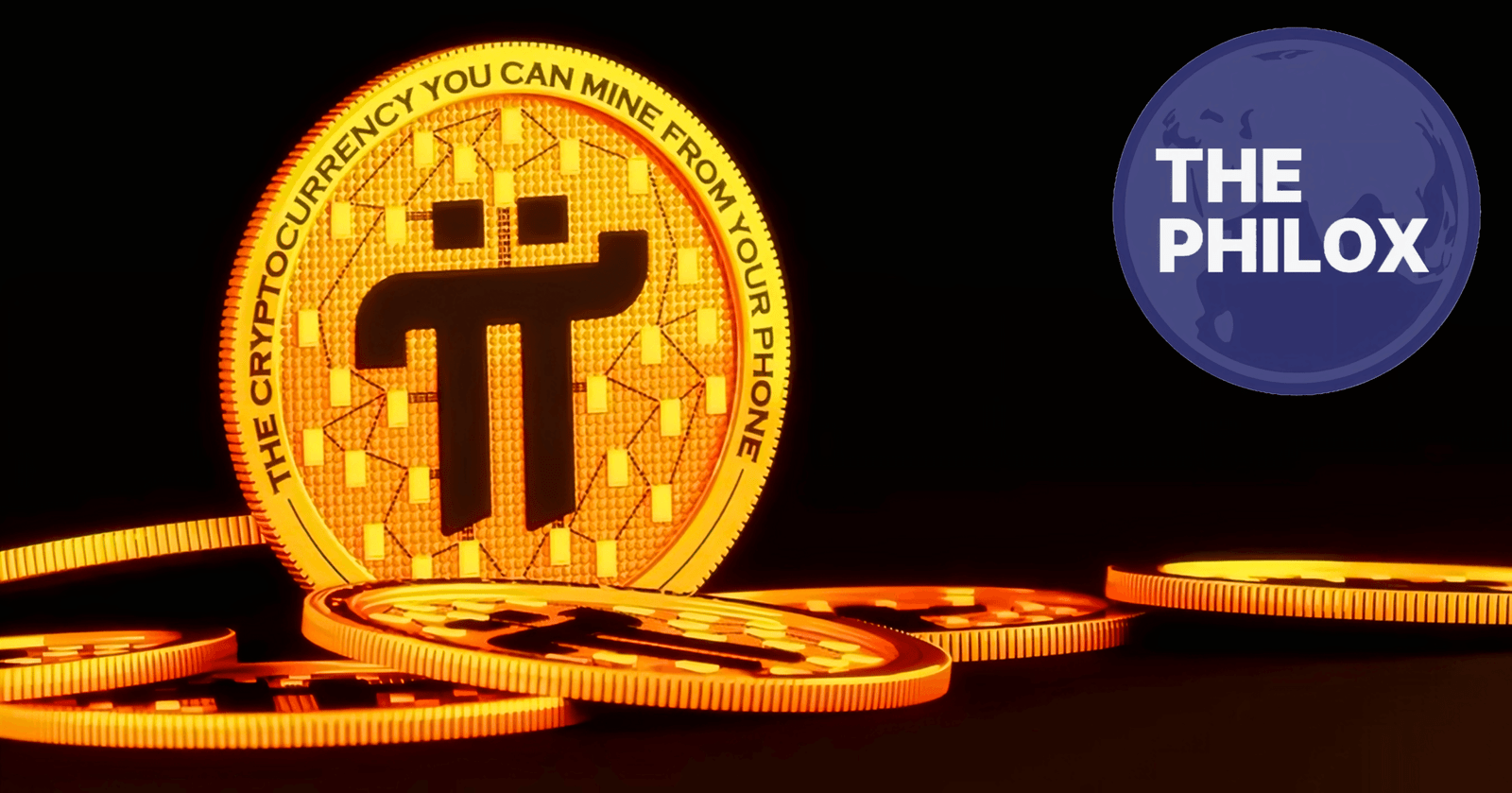Studies have surfaced implying that PiCoin Miner, a mobile-based cryptocurrency mining tool started by Pi Network in March 2019, has not yet lived up to expectations of allowing user withdrawals as of March 19, 2025.
Though the network draws over 60 million users globally, its inability to switch to a fully working mainnet has raised questions about whether the project is running more as a revenue-driven scheme than a serious cryptocurrency effort.
Unmet Expectations and Increasing Doubt
Long marketing itself as a new platform enabling people to mine Pi currencies using their mobile devices, Pi Network has This approach is supposed to make bitcoin mining available to the ordinary person and requires apparently little technological know-how.
Though a December 2024 roadmap guaranteed consumers the option to withdraw their produced Pi currencies by February 20, 2025, no such function has materialized.
This inability to satisfy public declared timelines has heightened questions about the genuineness of the platform. Critics contend Pi Network might not be a credible cryptocurrency project since it fails to live up to its basic promise.
The delayed mainnet release of the platform has raised doubts regarding whether Pi coins will ever possess actual value or be tradeable.
Those who have spent years interacting with the app—logging in everyday to mine Pi—are growing annoyed by the lack of clarity and obvious results.
Ad Income Creates More Questions
Further fueling the debate, a third-party audit released on March 10, 2025 showed Pi Network made roughly $12 million in income in 2024 mostly from in-app advertising.
The audit, carried out by an outside financial research company, revealed that the platform mostly depends on pop-up adverts to generate profits.
The PiCoin Miner software regularly has 30-second commercial pop-ups, which the site rewards with mining boosts in return. This advertising model has some experts speculating that Pi Network’s main objective would be to make money from user interaction instead of building a distributed bitcoin ecosystem.
Critics contend that although Pi Network gains from ads, users have not been given any financial reimbursement or a practical way to trade their acquired Pi coins.
This has driven rumors that the app is more of a “click-to- earn” business model than a real blockchain endeavor.
Legal Action Forces Pi Network Under More Pressure
On March 15, 2025, frustration peaked when 500 consumers complained legally to the California Department of Financial Protection and Innovation (DFPI).
Alleging that the platform deceived users into believing their mined currencies would ultimately have tradeable value, the complaint charges Pi Network of unethical business activities.
Complainants contend that despite repeated guarantees, the protracted delay in starting a working mainnet shows a lack of openness and could point to dishonest activity. The legal action calls for an official inquiry of Pi Network’s financial practices and blockchain technological state.
Pi Network responded to these claims with a March 17, 2025 press statement attributing the continuous delays to difficulties with regulatory compliance.
The business said it is collaborating with worldwide financial regulators to make sure the Pi ecosystem satisfies legal requirements before allowing withdrawals. Critics counter that this justification for the extended silence on user withdrawals is lacking in substance.
Community Reversal and Growing mistrust
The inability of Pi Network to live up to expectations has caused great unhappiness among its audience. Many early adopters who joined the site expecting to make money from their mining operations feel letdown by the lack of advancement.
Posts from people voicing doubts about whether Pi Network can ever live up to expectations abound on internet forums and social media sites.
Some have called the project a “Ponzi-like” operation, noting that new customers are still being onboarded on the site without a clear route for current users to cash out.
The platform’s focus on user involvement—through daily logins and ad viewing—without any clear incentives has strengthened the belief that Pi Network might be giving ad income first priority rather than providing a real bitcoin solution.
The future of Pi Network is yet unknown.
Pi Network keeps growing its user base in spite of increasing criticism since it draws fresh users with the promise of “mining on mobile” and potential financial success.
But the lack of a functional mainnet, the absence of payments, and the company’s inability to satisfy deadlines have left many wondering whether Pi Network would ever develop into a credible bitcoin platform.
The future of PiCoin Miner is yet unknown as public confidence declines and legal investigation gets more intense.
Remains to be seen whether Pi Network can overcome its legal obstacles and fulfill on its pledges or whether it will finally be revealed as a profit-driven fraud.
Users keep mining Pi coins for now without any clear indication of when, or if, their digital assets would have actual worth.




